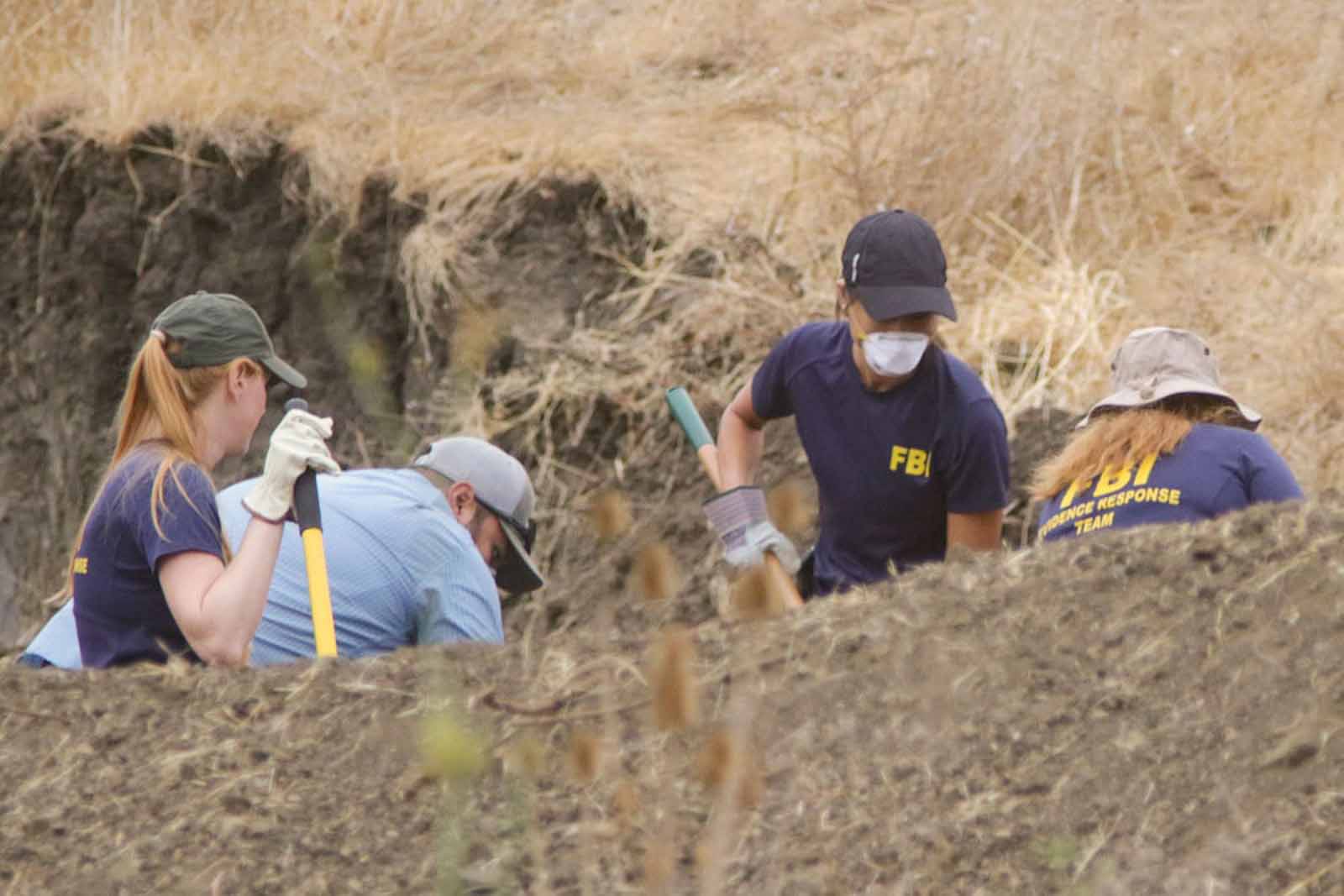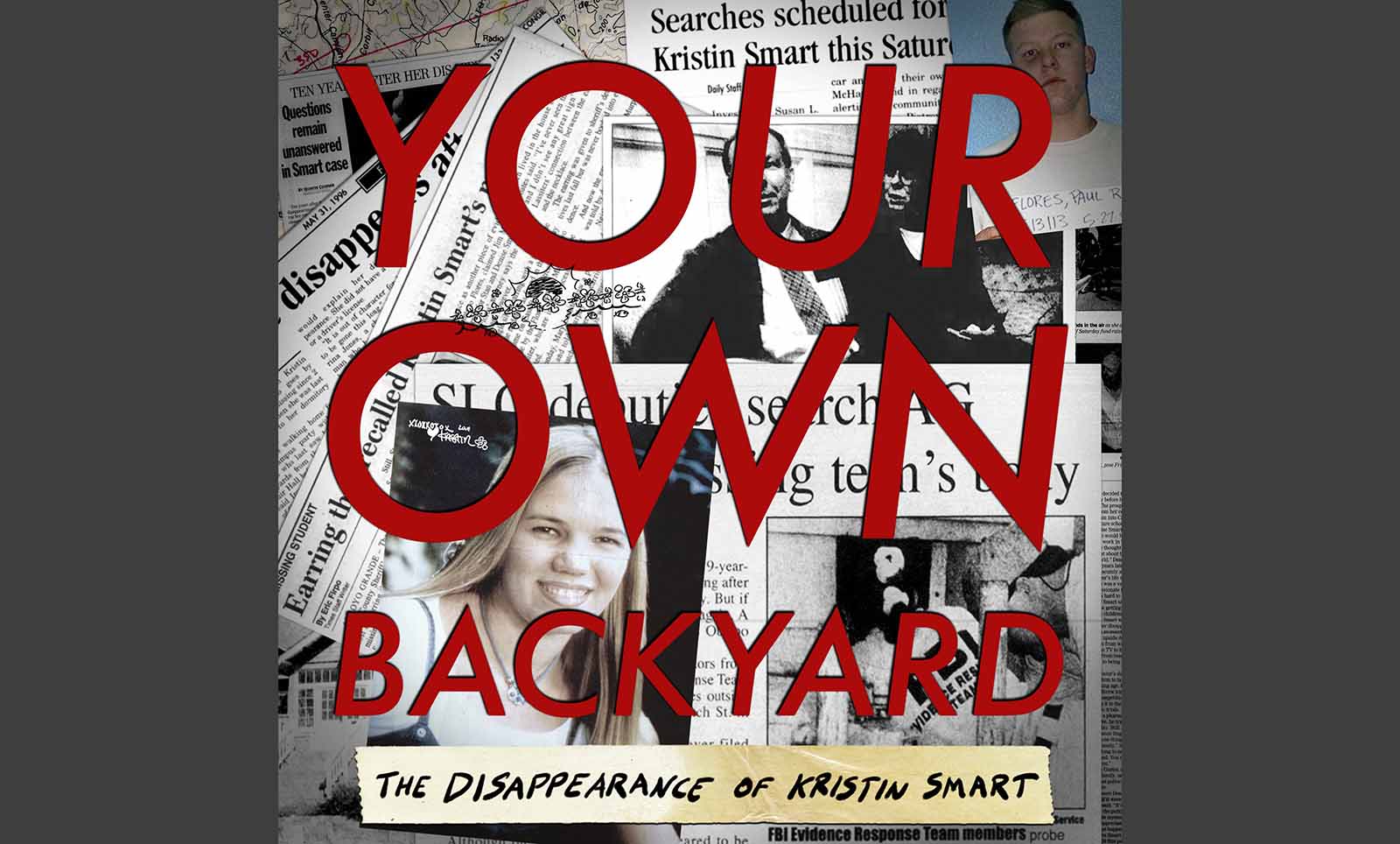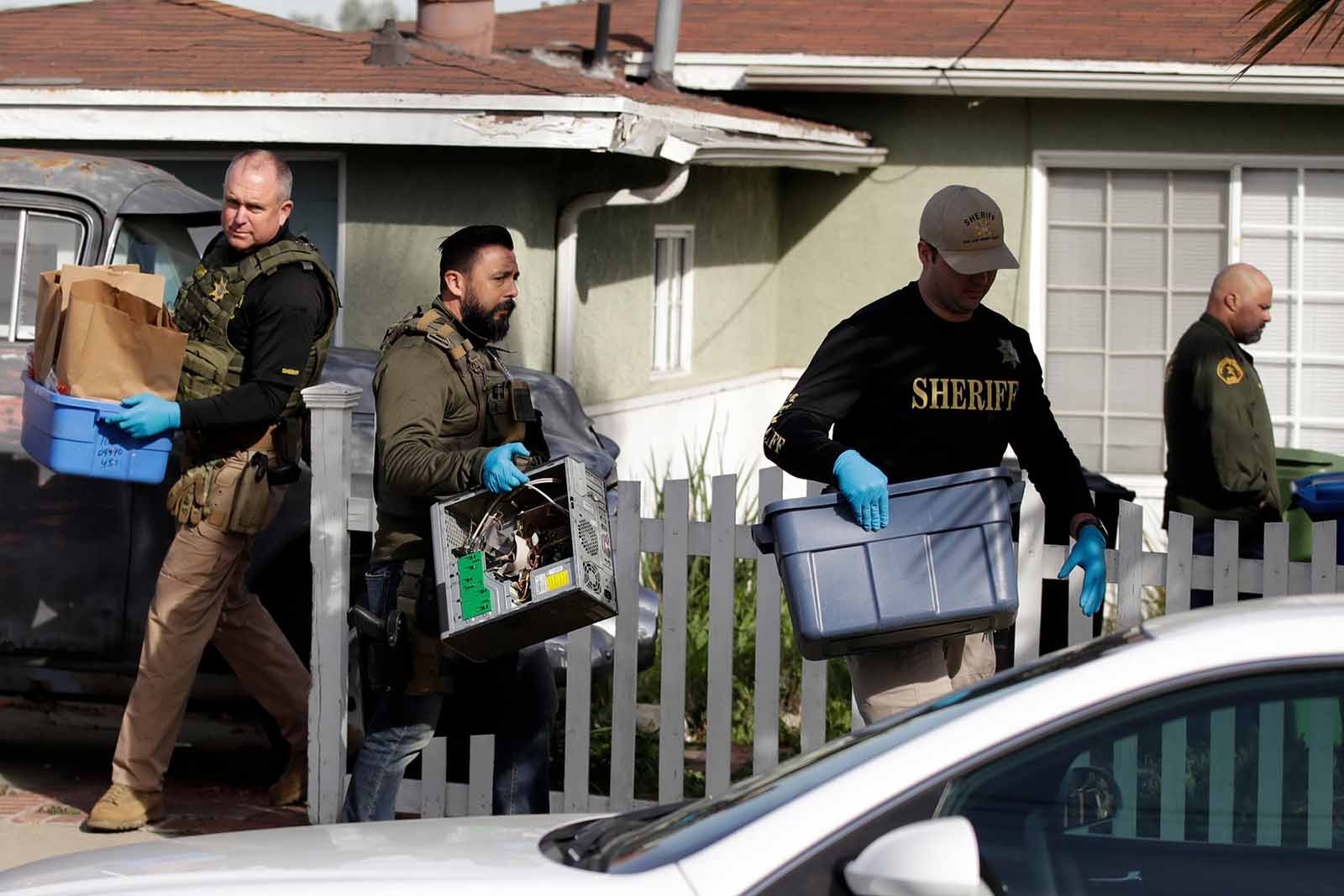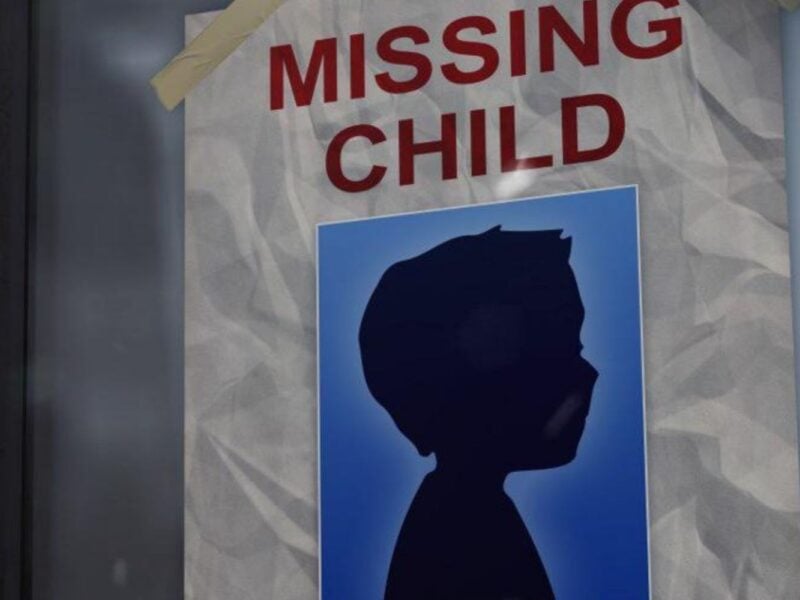
How technology is helping cops find out what happened to Kristin Smart
When Kristin Smart, a 19-year-old college student at California Polytechnic State University, disappeared after attending an off-campus party on May 25, 1996, her story made national headlines. While newspapers & cable networks continued to cover the case, police officials provided the public with few concrete answers about Kristin Smart’s whereabouts.
Kristin Smart’s case remains unsolved to this day. Six years after she vanished, she was presumed dead by the state of California. The few details released about Smart’s case implicate one of her fellow students, a man named Paul Flores.
Flores aided two others in escorting an inebriated Smart from the party to her dorm, and he was the last in the group to remain with her. Flores has not been charged in the case at the time.
But the San Luis Obispo Police Department announced new developments on January 29, 2020. With the help of technologies unavailable when Kristin Smart went missing, police are reexamining evidence in hopes of bringing Smart’s presumptive killer to justice.

Evidence lost, remains found
In the early stages of the investigation into Kristin Smart’s disappearance, a bloody earring belonging to her was discovered by a tenant residing in the house once occupied by Paul Flores’s mother. A promising lead, the earring has since gone missing.
In 2016, after receiving a few tips, police dug into a hillside near California Polytechnic State University, where they discovered remains. Police announced they would examine the remains to determine if they are human or animal. They have yet to make a statement about the results of their analysis.

A podcast raises questions
Musician Chris Lambert released a podcast about the details of the Kristin Smart case in 2019. Told in seven parts, the podcast generated over four million downloads in just a few months. It also revived public interest in the case.
A now ubiquitous part of contemporary life, podcasting was unheard of when Kristin Smart went missing in 1996. Chris Lambert’s effort brought Smart’s story to an Internet-savvy public. The podcast also gave rise to an effort to update a 1997 Arroyo Grande billboard about Smart’s disappearance.

Warrants issued
In January 2020, rumors circulated around San Luis Obispo about police making progress in Kristin Smart’s case. On January 29, police confirmed they confiscated two vehicles belonging to Paul Flores’s family, vehicles in their possession when Kristin Smart disappeared in 1996.
On February 5, sealed search warrants were issued for four properties affiliated with Flores, including the home where Smart’s bloody earring was found.
Investigators also searched Paul Flores’s current residence in San Pedro. Flores, now 43, was detained in a police vehicle during the search. Although police have not released the details of the warrants, witnesses watched officials leave Flores’s home with a computer.

New technologies yield new evidence
San Luis Obispo County Sheriff Ian Parkinson did provide journalists with some insight into recent efforts to bring the Kristin Smart case to a close. He explained new technologies like computers, iPads, and cell phones are viewed not only as important tools, but also as novel items to examine in open investigations like this one.
These technologies have also revolutionized DNA testing. Some 37 pieces of evidence from 1996 are set to be reexamined for DNA using contemporary forensic science. The rest of the physical evidence in police custody will also be tested again.
On April 22, police issued another search warrant for Paul Flores’s home. While details are scant, Kristin Smart’s family told the media they are preparing for a big announcement after receiving information from a retired FBI agent.
Even if San Luis Obispo police refuse to give a timeline for making an arrest, those attached to the case are hopeful something good will happen soon.







